Carrots are a popular root vegetable that’s easy to grow as long as it’s planted in loose, sandy soil. Not all carrots are orange; they vary in color from purple to white to red e.t.c.
ABOUT CARROTS
Most varieties of carrots are resistant to pests and diseases, and they are also a good late season crop that can tolerate frost. In fact, they prefer to be grown when the weather is friendly.
Carrots’ root is rich in sugar, and a great source of vitamins and carotene.
Did you know that prior to the 17th century, most of the cultivated sumptuous carrots were almost black or deep purple in color? Of course, it may be surprising to many, as today’s generation is almost unaware of the existence of purple carrots.
The first step in the plant breeding process is to get the vegetables to flower. For carrots and other root vegetables, flowering is a bit more involved. They only flower after being exposed to cold. So, here’s what you do:
Step 1: Buy a bunch of carrots with the green tops on; choose both purple and orange.
Step 2: Cut off the tops of the greens leaving about an inch of green stem
Step 3: Dry on the counter until no surface moisture remains to prevent mold growth.
Step 4: Put carrots in the fridge for 6 weeks in a loosely sealed brown paper bag.
Step 5: Remove from fridge and plant carrots in a pot.
Step 6: In a few weeks, carrots will grow green leaves and then flowers.
Step 7: Cross-pollinate. This means moving the pollen from the flower of one plant to another. In nature, flies and bees are responsible for this important job. In your home, you can use a paintbrush!
Use a small clean brush to move pollen from the center of the flowers of one plant to another and vice versa. After 4 to 6 weeks, the flowers containing the developing seeds will turn brown.
Step 8: Harvest flowers and place in paper bags so they can dry completely.
Step 9: Rub dried seeds to remove spines and they are ready for planting.
Step 10: Plant! When you plant the seeds, some of the carrots may look like the beta-carotene packed orange “parent”, some like the anthocyanin-rich purple “parent” and some will have DNA and nutrients from both, just like what happened in Dr. Simon’s lab.
HEALTH BENEFITS OF THE PURPLE BREED
Antioxidant Properties
Low in Calories
High in Fiber
Diabetes Benefits
PLANTING CARROTS
If there is a challenge to growing carrots, it’s just having soil that’s not too heavy— otherwise, you’ll end up with stunted, round carrots! Most carrot varieties need deep, loose soil that lets them grow without difficulty.
Carrots are grown from seed and take between two and four months to mature, depending on the variety.
- Plant carrot seeds 3 to 4 inches apart in rows. Rows should be at least a foot apart.
- Carrots are slow to germinate. They may take 3 or more weeks to show any signs of life, so don’t panic if your carrots don’t appear right away!
- Keep the soil moist, not wet, but don’t let it dry out, either.
- Carrots are best grown in full sunlight, but can tolerate a moderate amount of shade.
PREPARING THE SOIL
One of the most important things to consider when growing carrots (and other root vegetables) is the condition of your soil. Follow these guidelines to ensure a healthy carrot harvest:
- Make sure your soil is free of stones. Stones obstruct the path of carrot roots, which can result in a stunted and misshapen crop.
- Till your soil before planting. Carrots need deeply-tilled, loose soil that they can easily push through.
- Use the right type of soil. Carrots grow best in sandy or loamy soil (as opposed clayey or silty soil), so supplement your soil as necessary.
- Avoid using manure or too much fertilizer. Have you ever seen a carrot that has grown “legs” or has forked? Fresh manure, or even recently applied rotted manure, can cause carrots to fork and send out little side roots. Don’t use it before you plant your carrot.
GROWING CARROTS
- Gently mulch to retain moisture, speed germination, and block the sun from hitting the roots directly.
- Once plants are an inch tall, till so that they stand 3 inches apart. Snip them with scissors instead of pulling them out to prevent damage to the roots of the remaining plants.
- Water at least one inch per week.
- Weed diligently.
- Fertilize with a balanced fertilizer 5-6 weeks after sowing.
HOW LONG DOES IT TAKE TO GROW A CARROT?
- Depending on the variety and local growing conditions, carrots may take anywhere from 2 to 4 months to mature.
PESTS/DISEASES
- Wireworms
- Flea Beetles
- Aster Yellow Disease will cause shortened and discolored carrot tops and hairy roots. This disease is spread by pests as they feed from plant to plant. Keep weeds down and invest in a control plan for pests such as leafhoppers.
HARVEST/STORAGE
HARVESTING CARROTS
- Carrots should be mature and ready for harvest after about 2–4 months, or when they reach at least ½ inch in diameter. You may harvest whenever desired maturity is reached.
- Harvest before daily temperatures get too hot, as the heat can cause carrot roots to grow fibrous.
- Carrots taste much better after a couple of frosts. (A frost encourages the plant to start storing energy—sugars—in its root for later use.)
- Cover carrot rows with an 18-inch layer of shredded leaves to preserve them for harvesting later.
HOW DO YOU STORE FRESH CARROTS?
- To store freshly-harvested carrots, twist off the tops, scrub off the dirt under cold running water, let dry and seal in airtight plastic bags, and refrigerate. If you simply put fresh carrots in the refrigerator, they’ll go limp in a few hours.
- You may leave mature carrots in the soil for temporary storage if the ground will not freeze and pests aren’t a problem.
- Carrots can be stored in tubs of moist sand for winter use.
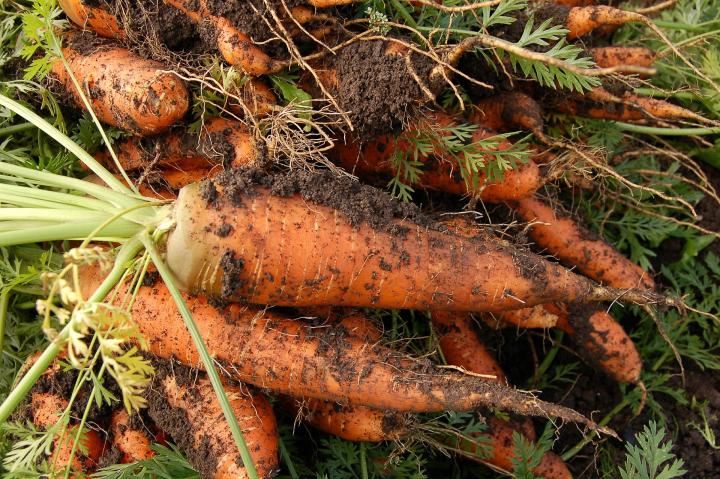

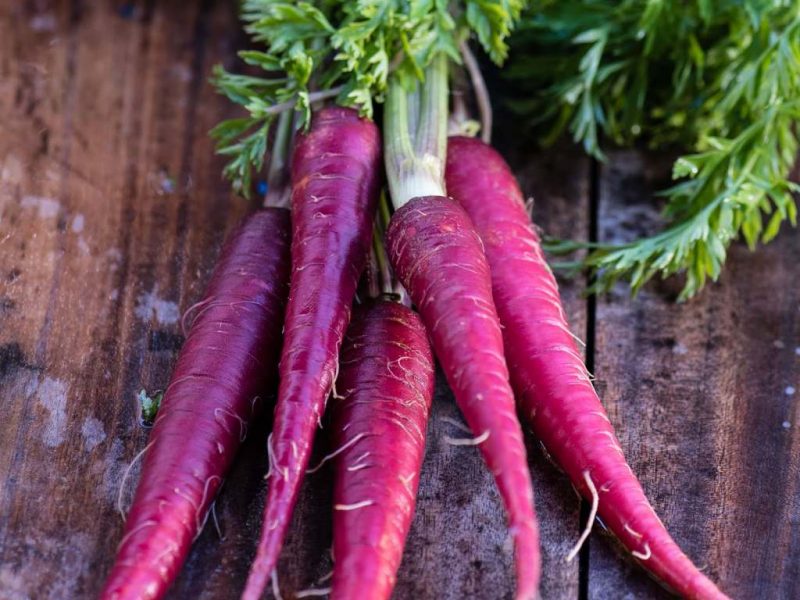


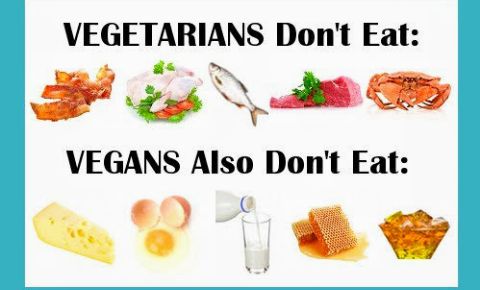
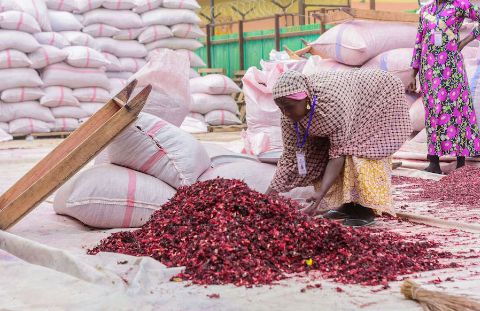
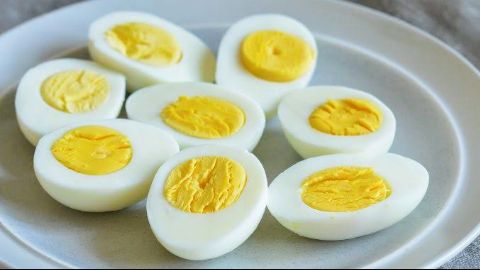
Leave A Comment